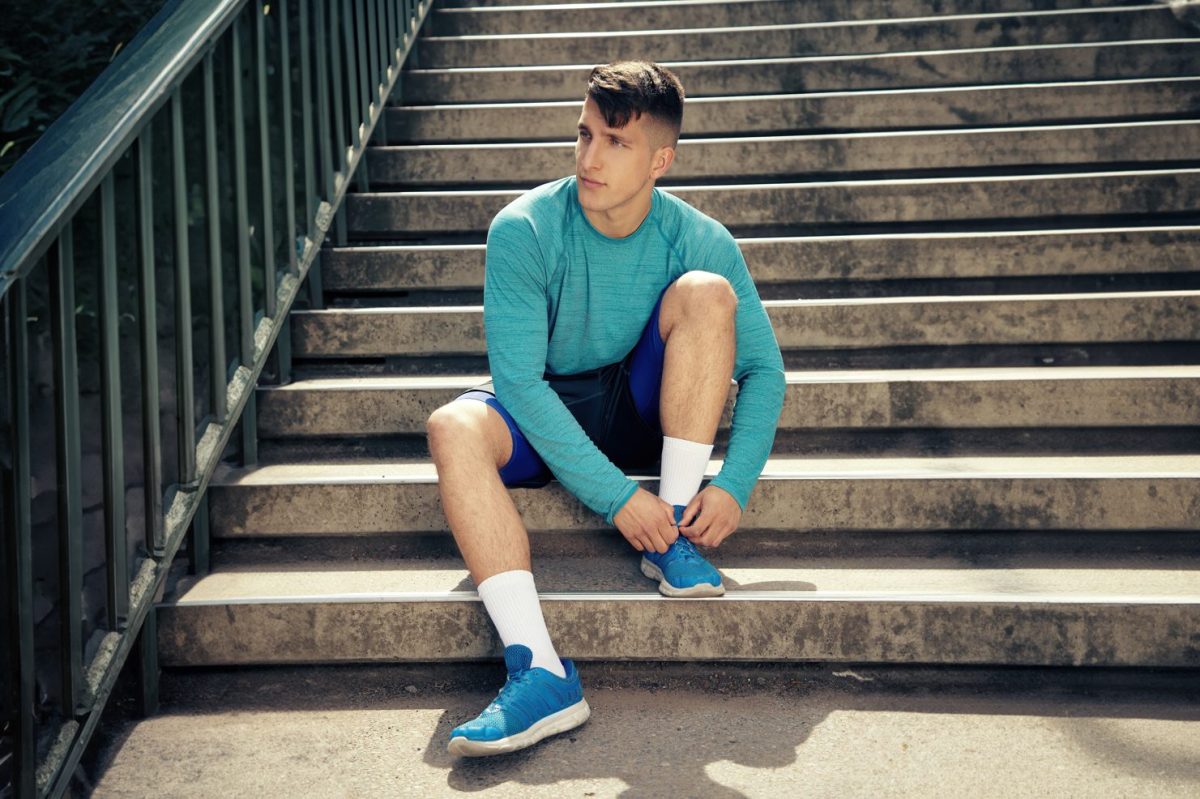Have you ever wondered why your new pair of running shoes felt a bit uncomfortable or stiff when you first put them on? It’s like they need some time to get used to your feet, and you’re left wondering how long this “breaking-in” process will take. Well, you’re not alone! Many runners encounter this situation, where their brand-new shoes don’t feel as comfortable as expected right out of the box.
Understanding why it happens and how long it might take for your running shoes to reach that perfect level of comfort can be a key to enhancing your overall running experience. In this exploration, we’ll delve into the reasons behind the need to break in running shoes and shed light on the approximate time frame you might expect your shoes to transform from rigid to just right.
So, let’s lace up and take a step forward to unravel the mysteries of the running shoe breaking-in period.
How Long Does It Take To Break In Running Shoes?

Embarking on a new running journey or switching up your trusty old pair for a fresh set can be exciting and invigorating. But here’s the catch: those new running shoes might not feel like your perfect fit right out of the box.
The duration required to break in a particular pair of shoes varies without a fixed adjustment period. This timeframe is influenced by several factors, and the process can span from several days to a few weeks.
Recognizing the uniqueness of each shoe and the individuality of feet, it’s valuable to gain an understanding of the potential timeframes for the gradual adaptation of specific types of footwear. So, how long does it actually take to break in those shoes? Let’s dive into the details and offer some practical insights.
The Shoe You Already Know
First up, if you’re sticking with the same tried-and-true pair you’ve been rocking, you’re in luck. Your feet are already well-acquainted with the shoe’s cushioning and stability features. However, even the old faithful need a bit of time to adapt. Despite your familiarity, the shoe’s materials still need to shape themselves around your unique foot contours.
Expect a relatively swift adjustment period of around a week, depending on how often you slip them on in those first few days. Your feet will thank you for the quick reunion as they settle comfortably into your go-to pair.
When Change Comes Knocking
Now, let’s talk about upgrades. If your beloved shoe has undergone a makeover, the adaptation game becomes a bit more intriguing. Changes could range from a subtle tweak to the upper design to a complete overhaul of the midsole, outsole, or stability features. And yes, these changes do affect the breaking-in timeline.
If the modifications are merely superficial, you’re in luck the transition should be as smooth as silk. Your feet won’t have much trouble getting accustomed to the new look and feel. However, if the alterations run deeper, your feet might require some extra time to cozy up to the changes.
Plan on giving your feet a window of about one to two weeks to master the art of fitting into these revamped shoes. You might even have to play around with different sock thicknesses and lacing techniques to achieve the perfect harmony between your feet and your footwear.
Venturing Into The Unknown
Ah, the allure of the brand-new model or a completely different brand altogether. While it’s exciting to embrace the unknown, understand that your feet are embarking on a journey of adaptation that could take up to three weeks.
This scenario is like starting a new relationship things may feel a little awkward at first, but with time and patience, you’ll find your rhythm. The design and shape of these new shoes might be a far cry from what your feet are used to, requiring them to put in some extra effort to feel at home.
Don’t be surprised if you need to take it slow during the initial wearing. Your feet might thank you for giving them short bursts of time to adjust to the newness. And, just a quick word of advice: if a race is on the horizon, it’s wise to stick to the familiar rather than rolling the dice on a new shoe sensation.
Why Should You Break In Your Running Shoes?

You’ve just scored a fresh pair of running shoes, and your excitement is palpable. The thought of hitting the pavement or trail with those sleek kicks is undoubtedly thrilling. Yet, before you leap headfirst into your running routine, pause and consider a crucial step: breaking in your new shoes. This seemingly simple change can make a huge difference in your comfort, performance, and general foot health. In this guide, we’ll delve into why breaking in your running shoes is a step you shouldn’t skip.
The Perils of Skipping the Break-In Phase
Skipping the break-in phase might sound tempting, but it can lead to a litany of foot-related woes that will surely dampen your running experience. Let’s take a closer look at the potential pitfalls that can arise if you ignore this critical step:
Blisters: The Unwanted Companions
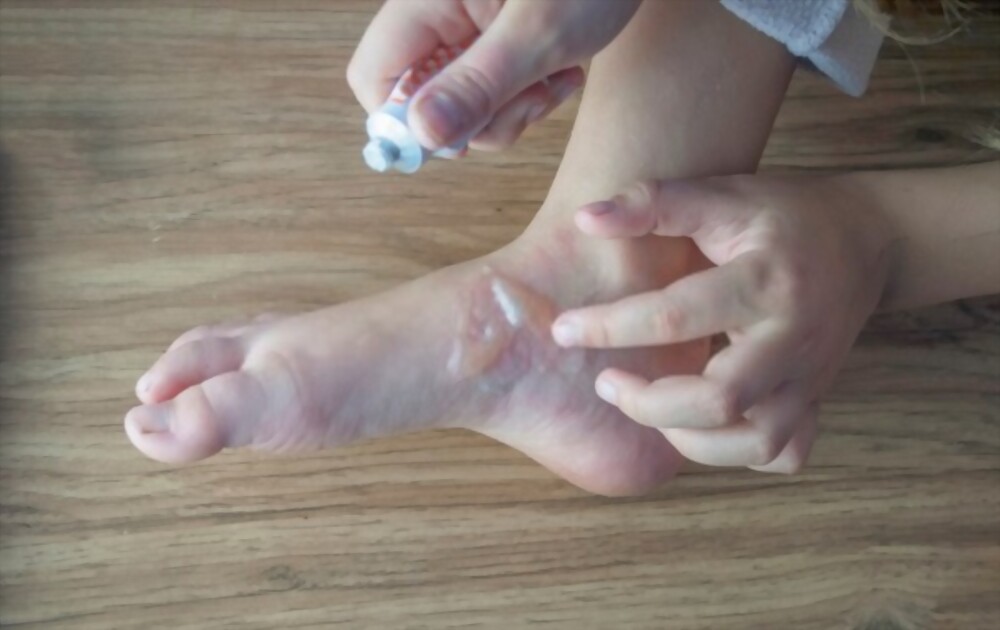
Blisters, those bothersome fluid-filled pockets, can swiftly become your feet’s nemesis. They’re formed due to the friction between your skin and the material of your new shoes. Ignoring the break-in process can turn a refreshing run into an uncomfortable battle against these unwelcome companions.
Hot Feet: When the Heat Rises
Picture this: a burning sensation that emerges as you clock more miles. Hot feet, the result of constant friction between your shoes and your skin, can swiftly turn your joyous run into an ordeal. By breaking in your shoes, you provide your feet with the time they need to adapt, reducing the chances of this uncomfortable experience.
Corns: Hard Bumps, Softened by Precaution

Corns, those hard, painful bumps that usually surface on your toes, are a direct result of excessive friction or pressure on particular spots. Breaking in your shoes helps you avoid the unpleasantness of corn and the discomfort they bring, allowing you to focus on your run rather than your aching feet.
Calluses: Nurturing Healthy Soles
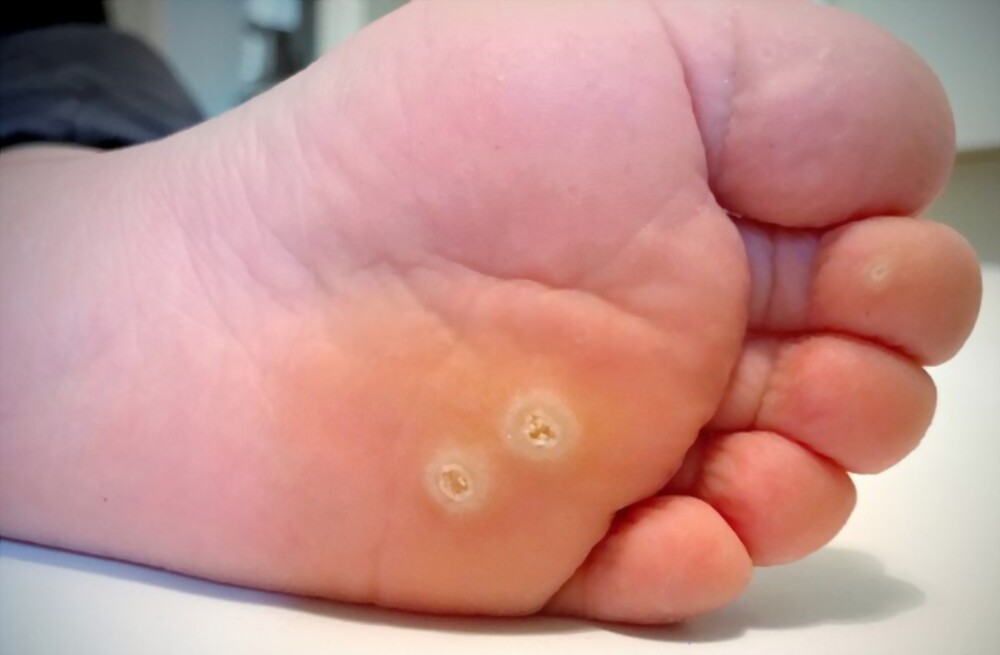
Calluses, dry and rough patches that tend to form on your heel and sole, can emerge from excess chafing. However, taking the time to break in your running shoes can significantly reduce the likelihood of these unwelcome patches. This means you can enjoy smoother, pain-free runs, free from the distraction of callused discomfort.
Modern Shoes, Modern Approach
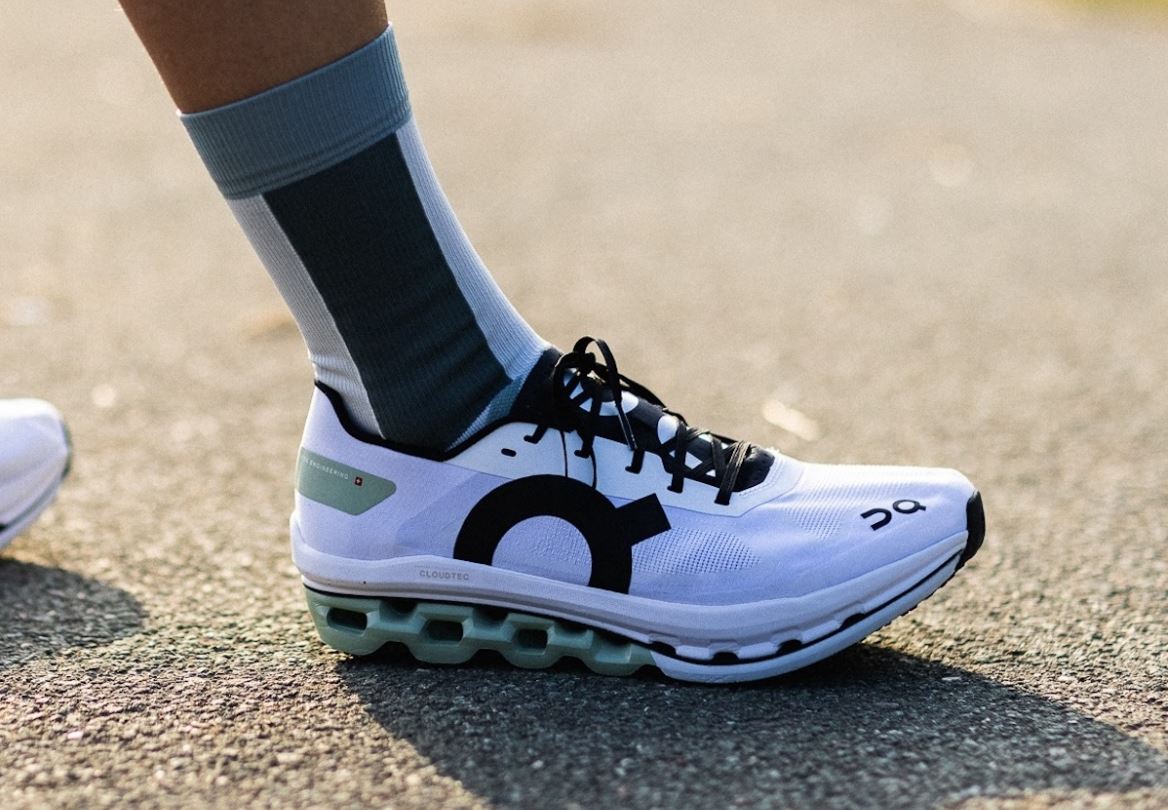
In the past, the prospect of breaking in new shoes might have sounded arduous and time-consuming, especially when dealing with stiff leather materials. Fortunately, modern technology has paved the way for more comfortable and adaptive shoe materials. As a result, breaking in your running shoes has become less of a trial and more of a breeze.
The Sweet Spot: Finding Comfort and Adaptation

While the materials have evolved, the importance of adaptation hasn’t diminished. Even with more flexible and accommodating materials, it’s essential to give your feet the opportunity to get accustomed to your new running companions. This initial period of adjustment not only prevents the issues mentioned earlier but also optimizes your overall running experience.
Confident Strides Ahead
In conclusion, the investment of time in breaking in your new running shoes is an investment in your well-being and enjoyment as a runner. By taking this simple yet impactful step, you safeguard yourself against blisters, hot feet, corns, and calluses, allowing you to focus on the exhilaration of your run rather than the discomfort in your feet. Modern shoe technology has made this process easier, but the essence of adaptation remains unchanged.
So, as you stand on the precipice of your next run with your brand-new shoes in hand, remember that a little patience can go a long way. Break in your shoes, let your feet adjust, and stride confidently into a world of comfortable, injury-free running. Your feet will thank you, and your runs will reward you.
How to Break in Your New Running Shoes with Confidence?
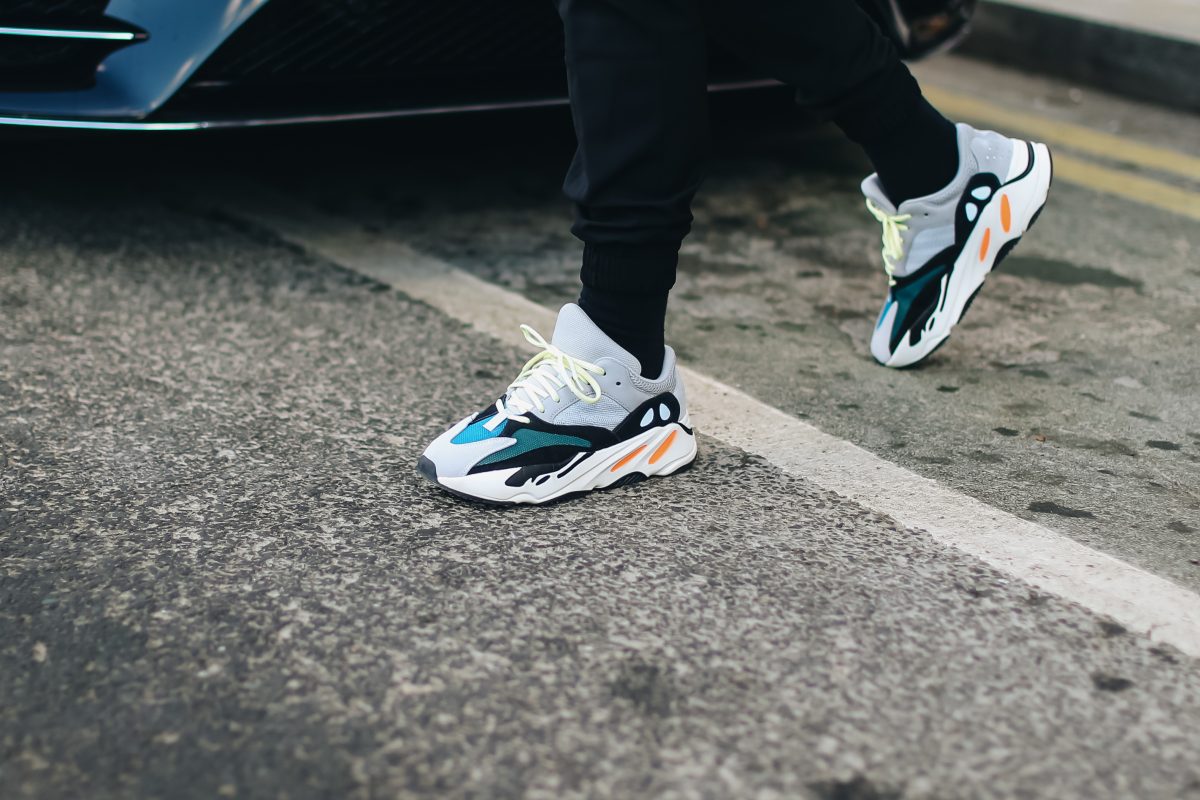
You’ve just scored a brand-new pair of running shoes that are ready to take your workouts to the next level. The pristine comfort and stylish design might be calling out to you, but hold on tight before you embark on that exhilarating sprint. Breaking in your new running shoes is not just about avoiding blisters and discomfort, and it’s about forging a lasting bond that’ll fuel your runs for miles to come. So, let’s dive into the art of breaking in those shiny kicks with creativity, confidence, and a dash of runner’s wisdom.
Freeze the Shoes: A Chilling Revelation
Time to give your shoes a taste of the icy cold – place them in a plastic bag and pop them into the freezer overnight. This might sound bizarre, but it’s an ingenious method to stretch the shoes ever so slightly. The cold causes the materials to contract, allowing a little extra room for your feet. As they thaw, the shoes will subtly expand, adapting to your foot’s shape like a tailor-made suit. It’s like turning discomfort into an adventure, a little shiver for a whole lot of comfort.
Heat Them: Warming Up to Perfection
Now that you’ve chilled things out, it’s time to introduce some warmth. With a hairdryer set on low heat, gently warm the areas where your shoes feel snug. Remember, moderation is key here – you’re not baking a pie. The gentle heat will coax the materials to relax and soften, yielding a fit that’s snug but not suffocating. It’s like a spa day for your shoes, and they’ll come out refreshed and ready to embrace your feet with open arms.
Go for a Walk in Them: Lacing Up for the Journey Ahead

Before you charge onto the track, start with the basics: walking. Slip into your new companions and go for a leisurely stroll. This isn’t just about looking stylish – it’s about letting your shoes acquaint themselves with your unique stride. Each footfall is a step toward building a connection that’ll eventually feel as natural as your heartbeat. During this gentle saunter, pay attention to any spots that might hint at future discomfort. Your shoes might need some coaxing, but remember; they’re here to support you every step of the way.
Go for a Short Run in Them: Taking Those First Strides

Once your shoes have soaked in the rhythm of your walking gait, it’s time to take them for a short spin. Lace-up, brace yourself, and head out for a light jog. Feel the cushioning adapt, the sole molding to your feet’s contours, and the laces settling into the perfect snugness. It might feel a tad unfamiliar at first – like breaking into a new friendship – but as the minutes tick by, you’ll sense the harmony building. Embrace this phase of discovery, and let the thrill of the run merge with the gradual comfort your shoes are offering.
Wear Your Shoes with Thicker Socks: Layering Up for Excellence
Now, let’s add a twist to the tale – thicker socks. Slip your feet into a pair that adds a little more bulk to the equation. This small trick serves a dual purpose: it helps your shoes mold to your feet while also replicating the conditions of a longer run. It’s akin to practicing a song with a more challenging key – it might feel a bit strenuous, but the payoff is in the harmonious performance that follows. So, lace up, layer up, and let your shoes and socks compose a symphony of comfort and durability.
FAQs
What causes discomfort in new running shoes?
New running shoes often feel uncomfortable due to the stiffness of the materials, the need for the shoe to adapt to your foot’s shape, and the initial tightness in certain areas. The cushioning and support might also take time to adjust to your foot’s pressure points.
Are there specific signs that indicate my running shoes are breaking in?
Yes, as you wear them more, you might notice that the shoes start to feel more flexible, and the cushioning becomes more responsive. The discomfort you initially felt should decrease, and there should be less friction or rubbing against your skin.
Can I speed up the break-in process?
While you can’t rush the break-in process completely, you can accelerate it slightly by wearing the shoes during short walks or light activities before engaging in intensive running. This helps the shoes gradually adjust to your feet.
Are there differences in break-in times between different types of running shoes?
Yes, there can be variations based on the type of running shoes. Lightweight racing shoes might break in more quickly than heavy-duty stability shoes due to differences in materials and construction.
What if my running shoes are still uncomfortable after a few weeks?
If you continue to experience discomfort after a few weeks of regular wear, it’s possible that the shoes aren’t the right fit for your feet. Consider revisiting your shoe choice or consulting with a professional for advice.
Should I expect blisters during the break-in period?
Blisters can occur during the break-in period as the shoes might rub against your skin. To minimize the risk, wear moisture-wicking socks and ensure the shoes are properly laced to prevent excess movement.
Is it advisable to wear new running shoes for long runs during the break-in phase?
It’s not recommended to wear new running shoes for long runs right away. Gradually increase your running distances as the shoes become more comfortable to avoid potential discomfort and injury.
Do running shoe materials impact the break-in time?
Yes, different materials have varying break-in times. Synthetic materials might take less time to break in compared to leather, which tends to be stiffer initially. Knit uppers, for example, can offer more immediate comfort.
Can I use heat or other methods to expedite the break-in process?
Using heat or other methods like soaking your shoes can damage the materials and affect their durability and performance. It’s best to rely on natural wear and your foot’s movement to break in the shoes.

